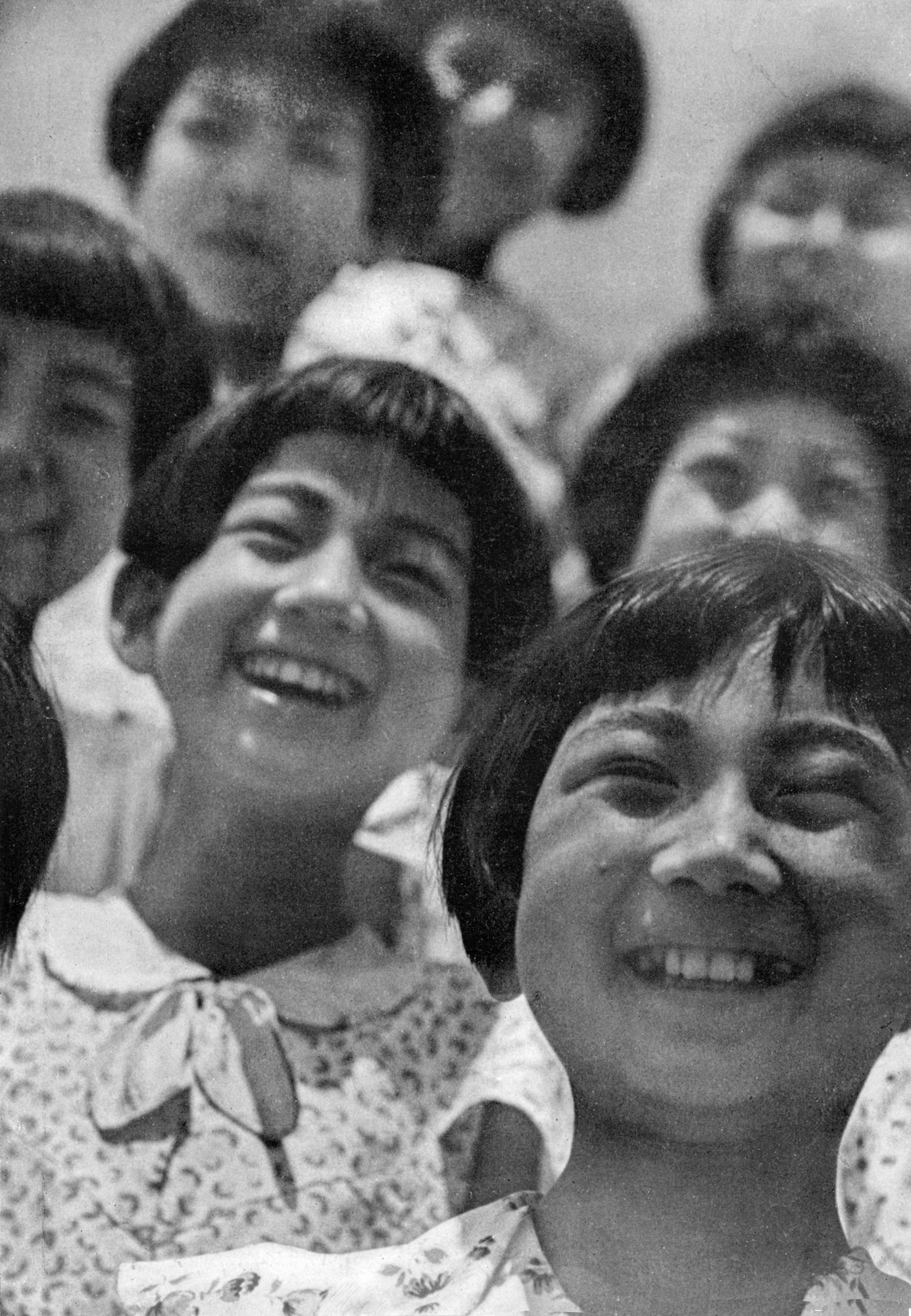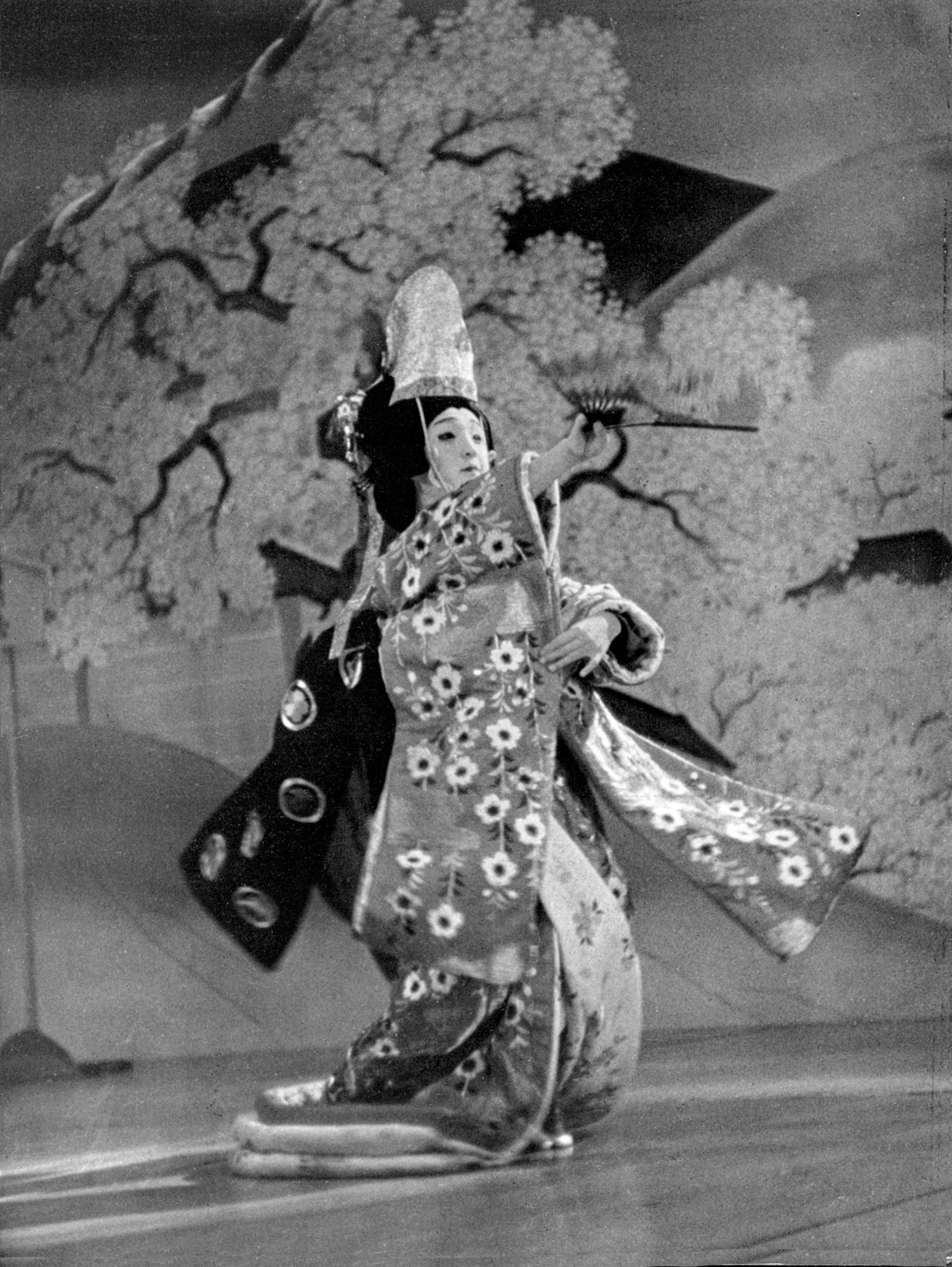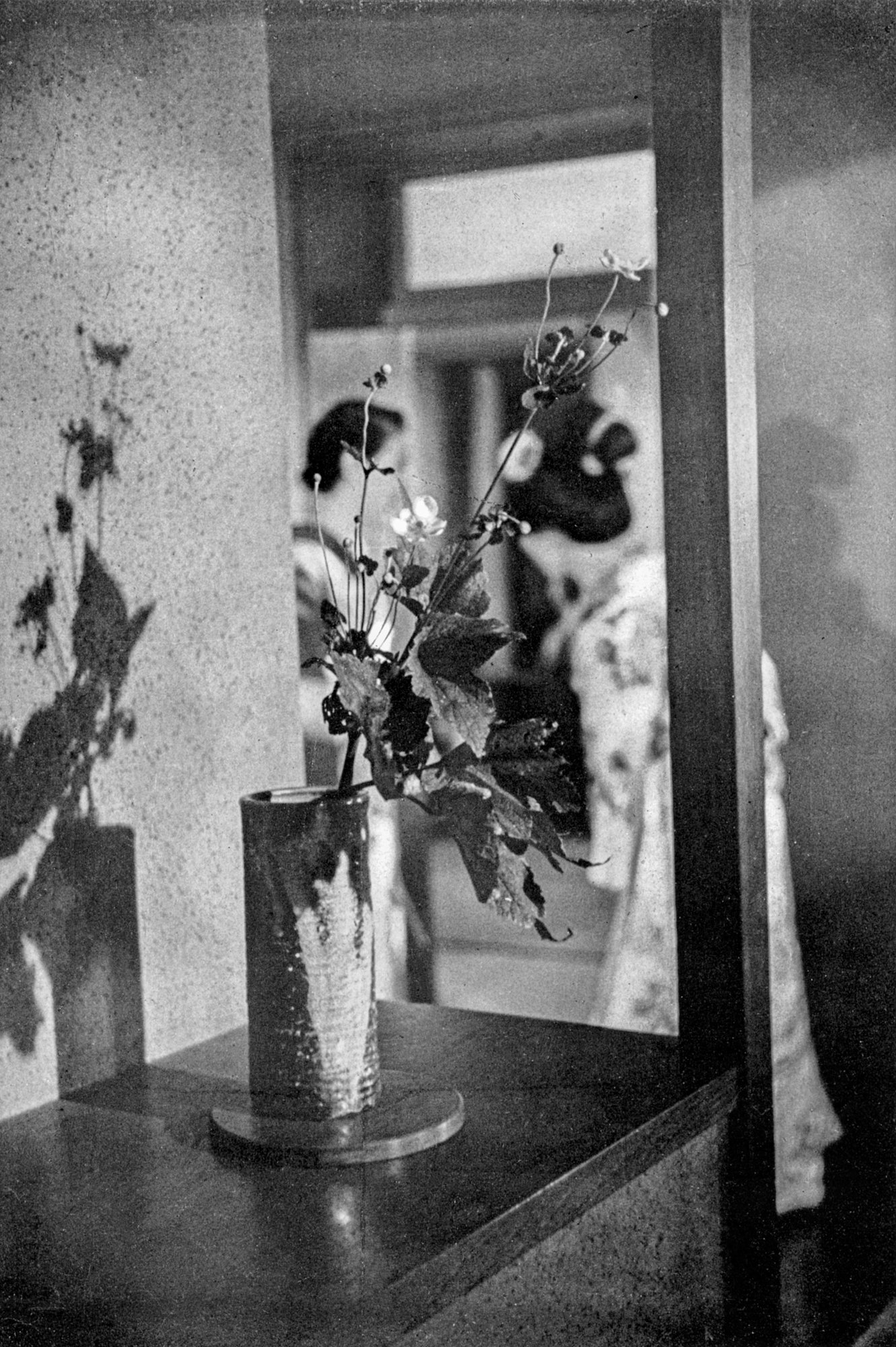Two Leica Books of the 1930's by Japanese Photographers
there have been several Viewfinder articles through the years touching on the sizeable popularity of the Leica camera in 1930’s Japan. The Japanese are enamored of photography in general, and in the 1930’s were looking to Germany with admiration and close to obsession for technological and even artistic guidance (i.e. Bauhaus influences), not to mention the military and political / cultural currents.
In the 1930’s, there were as well several trends that pushed photobooks to an ascendancy. In Japan specifically, due to classic home construction, there was a lack of interior walls to hang photographs - one could not readily hang framed images on sliding screens1. Photobooks took their place, and could be stored in closets or chests. In addition, in the 1930’s one saw growth in the publication of books with images of towns, cities, and countries to which one might travel, and, as a subset, the occasional book with photographs of “exotic” locales. The Leica camera was well suited to produce such books, and in the late 1930’s color Leica photographs started to fill such offerings as well. That Leica photobooks were an implicit advertisement for what the Leica camera could do was not to be overlooked either.
At that time, those few books of far-off places had text and photography by European authors who had traveled there with their Leicas. The books under consideration in this article, however, showcase the efforts of two homegrown Japanese Leica pioneers in portraying their homeland to outsiders, and deserve further scrutiny as to their backstory. We will see that there may well have been several motivations at work here: tourist promotion, cultural or political propaganda, artistic promotion, and Leica commercialism.
Starting in the early 1930’s, a fairly small grouping of Japanese photographers started using the new Leica camera to take unposed images of Japan for reportage or photobooks. Natori Yonosuke (1910-1962), a Leica photographer since 1931, was quite connected with Germany and had a German spouse; his book “Grosses Japan (Dai Nippon)” was published there by Karl Specht Verlag, Berlin in 1937, with a German text. Kimura Ihei (1901-1974) had not yet visited Europe when his 1938 book “Japan Though a Leica” was published in English by Sanseido, Tokyo, but he had been taking pictures with a Leica since possibly 1930, with a Leica image exhibition as early as 19332. Wikipedia tells us that he had originally joined Natori and others in forming the group Nippon Kōbō ("Japan workshop"), which employed 35mm cameras and their abilities for realism in photography.
The 1930s saw the advent of Japan’s first freelance cameramen, Kimura Ihee, Horino Masao, and Watanabe Yoshio, who sold to newspapers and did commission work for article illustrations. Also prominent was Natori Yonosuke, who when he returned from Germany, in 1932, was more of an editor than a photojournalist, although he did directly employ the photographer Dômon Ken. Post-1945, illustrated journalism and illustrated books were indebted to Natori, whose work was the prewar and wartime precursor of what after 1945 became a specific form of Japanese mass-image merchandising: one between art photography and photojournalism3.
Natori’s and Kimura’s images in their books here are broadly similar, covering various aspects of contemporary Japanese culture, both traditional and modern. To the author’s eye, Kimura shows more people, closer up, than does Natori, and the latter has more ‘militaristic’ images; one cannot present here more than a few images from the books themselves, so that comparing and contrasting is best accomplished from the actual books. The author has chosen three images from each book.
The main differences between the books appear to be their intended audiences and what the books’ sponsors hoped to evoke. Natori’s book has a chosen title emphasized in a foreword by Count Mushakoji Kintomo, the Japanese Imperial Ambassador to Germany, which portends its flavor: “Greater Japan” --think analogously Großdeutschland / Anschluss. The text is in German, translated by the author.
“Dai Nippon” is our usual constitutional name for our country and means something like “Greater Japan”. One is used to speaking of Nippon abroad without realizing that this word is an abbreviation. To say something worth knowing about our homeland … is the task of all of us, and I am pleased to be able to recommend the present pictures of Japan "Dai Nippon" to the public as I warmly welcome everything one can contribute that leads to an understanding between Japan and Germany. Relations between the two great nations can only succeed if one is made known to the other, because only knowledge of the other country forms the basis for a sincere and cordial friendship. Our compatriot, Mr. Natori, has studied many years in Germany, and, with his deep understanding of German nature, seems to me to be particularly suited to highlighting everything that interests Germany in his photographs: the images shown here, depicting the landscape, the culture, the modern social development and the life of the today's Japanese people show a very fond view of our home in its diversity. A certain difficulty in understanding today's Japan, which seeks a way between the desire to preserve the ancient culture and yet to unite it with the requirements of modern life, cannot be overlooked; but Germany in particular, where special attention is paid to its own culture as the most valuable asset of the people, has the greatest possible understanding for this Japanese attitude. Dr. F. Rumpf, the outstanding and widely respected expert on East Asian history and culture, has collaborated by writing a very interesting introduction to this book, which will be of general interest to readers…
The book’s lengthy introduction is by Dr. Fritz Rumpf, about whom the author could find very little. Ulf Richter, who also has an interest in these books, managed to find on-line biographical information, and kindly shared it with the author. Dr. Rumpf (1888-1949) was an illustrator and published art historian with a knowledge of Japanese language and culture from both friendly (art studies in Japan) and unfriendly (he had been a Japanese POW in WWI following the siege of Tsingtao) sources. He was a politically useful scholar in the era of this book because of his deep ethnological knowledge and his linguistic skills. Rumpf writes here about Japan’s emergent nationalism from several vantagepoints - culture, religion, language, history. He is clearly trying to make Japan seem less alien and more like Germany, and to "sell" Japanese culture to the Germans; one readily grasps how this all then dovetails with the Nazi zeitgeist. The passages below, as an example, touch on how Japan had to overcome its prior isolation, send its youth to other countries to learn, and then become the rising power that defeated China, and then in 1905 Russia. Only then was Japan respected in the rest of the world.
[After the first Sino-Japanese War], from that moment on, the rest of the world saw Japan as the equal of the European-American states, and thus the goal which… the young emperor had once set for himself was achieved. Now the government saw it as a new goal to give the people an ideology. Every Japanese person soon realized that all peoples of non-European origin saw Japan as a most successful military power...
The Japanese do not see their position in the world from our perspective. For them, Japan, their homeland, is the country that was the last of all independent countries to become acquainted with European civilization and precisely for this reason was able to oppose it with its own cultural values. Now that it has become acquainted with the cultures of the West…, Japan is, in its own eyes, the only country in the world that combines not only the entire Chinese and Buddhist tradition, but also Western culture. Yet, it has understood how to keep its own culture of its ancestors undiminished. Today every Japanese schoolchild knows what role Japan plays in the world. But we Europeans should be careful not to see Japan as only a "land of coexistence" where the contrasts of the most modern technology and the medieval remain in a colorful jumble. Japan's strength and greatness are anchored in this juxtaposition…
Contrast Natori’s book’s introductory text with Kimura’s brief foreword in English, which tells the tale of his exposure to images from some of the pioneers of Leica photography, and then adds: “not only were their works instructive from the technical point of view, but they were to confirm the view I had always held of the future of photography as one of the most effective media of mental intercommunications between peoples”. He goes on to extoll the technical and artistic capabilities of the Leica, but adds that it took time for the available films to catch up to the camera’s potential. Also mentioned is his own need to refine his photographic thinking into a rigorous scientific mode, so as to take full advantage of what the miniature camera offered. He concludes:
If…this small volume…can only succeed in giving an outline of the progress which Japan has been making both in culture and industry, and in sketching some phases of the strange atmosphere of the Old Japan which still survive even among the bustle of the city life, I shall be satisfied.
Kimura’s book, akin to those Leica pictorial compendia from Dr. Paul Wolff, has tables at the end covering each of his images, with all the photo-technical data. Not for nothing does Kimura subtitle his book “100 Glimpses: Sceneries, Life and Art”. Kimura has made his book appear purely about the Leica, his own artistic expression, and a wish to showcase Japanese culture; we are left to guess whether there were additional subtexts. In Natori’s book, there seem to be no words of intent from the pen of the photographer himself, but there are many detailed descriptive photo captions that mirror the tenor of the book’s introduction. Pretty obviously those who published the book had their aims, whether or not these were also Natori’s. German censorship of the era likely also had a major role here. Putting the two books side by side, from their texts one might well think: bad cop, good cop.
Th e E. Leitz Company and its many agencies worldwide in the 1930’s found that Leica photobooks were both popular sellers and also an entrée into the marque for new customers of the camera. The author has not been able to determine whether Leitz marketed either of these two books. Certainly, the Leitz agency in Japan, Schmidt Shōten, was well placed to do so for Kimura’s book. Even without any direct connection, Leitz would benefi t from a book which featured its camera, not to mention one where its camera’s name was used in the book’s title!
Natori’s book is quite robust and handsomely printed in gravure, as is typical for German photobooks of the 1930’s. It contains a plethora of sepia-toned images (206) in its pictorial section of 144 pages, often several shots to a page. Th e organization and breadth of the subject matter depicted is comprehensive. Th e book is readily available on the second-hand market.
Kimura’s book, on the other hand, is quite delicate (the author’s copy needed repairs) and seems like other Japanese books of its time in that regard. The images have a softer-toned feeling about them than those in Natori’s German book, and they are printed in letterpress on coated stock. Kimura’s photobook contains 100 images, as indicated in the subtitle. They do cover much of the same subject matter as Natori’s book, but less rigorously, more personally. The intended audience for Kimura’s work seems somewhat less clear than that for Natori’s. While both books are ‘propaganda’ in the broadest sense of that term, Kimura’s text is in neither Japanese nor German. Th ere is a history of older Japanese books in English, and this probably has to do with the fact that the United States was the first foreign power to “open” Japan after many years of isolation. However, by the 1930’s, Japan’s focus was much more on Germany than any of the English-speaking countries, and there was also covert struggle with the U.S. over raw materials and issues from the ongoing second Sino-Japanese War. Perhaps there was some notion that the English-language and a purely personal / technical foreword to the images was “kinder and gentler” for a photobook illustrating Japan to ; however, the fragility of Kimura’s book would not have leant it to the rough handling of the typical American home library of the time. Currently available copies are likely to show some damage.
Kimura’s book is quite rare today. Th e authority on Japanese photobooks, Manfred Heiting2, unfortunately does not state the size of the print run on “Japan Through a Leica”, but it was likely not large. Some of the First Edition books say Copyright 1938, and others 1939; it is not clear why the 1939 ones do not say “Second Edition”. Other issues: the book came out rather shortly before Pearl Harbor and American entry into WWII, so it was unlikely to be seen in the U.S. market. Both sold and unsold copies left in Japan may well have been destroyed in the War. The book’s negatives were also reputedly lost during wartime, but in 2006 a small edition (400 only) was reprinted in facsimile by Kokushokan, Tokyo. That reprint is also very uncommon.
Both books are essential for the Leica historian to understand how the use of this then-novel photographic device, as its popularity swept the globe to include Japan, changed the way people visualized and made photographs. To expand on what Kimura wrote, it was specifically the Leica as new technology that encouraged and facilitated “mental intercommunications between peoples” because it allowed life to be depicted realistically as it was being lived, not as something contrived or static. Kimura’s Leica vision went towards making him one of Japan’s most celebrated 20th Century photographers. Natori also had a varied and distinguished photographic career, including being a contract photographer for Life Magazine near its beginning, and founding similar periodicals in Japan after the War. He also edited the Iwanami Shashin Bunko series of Japanese photo-technical books in the 1950’s.






